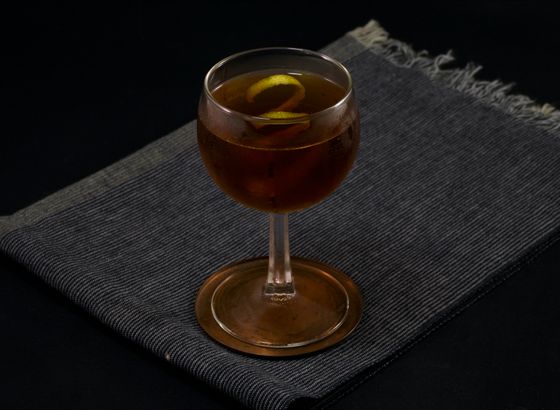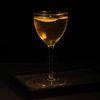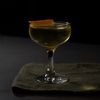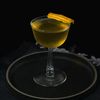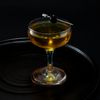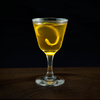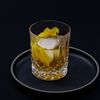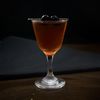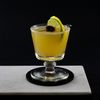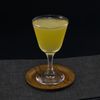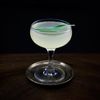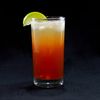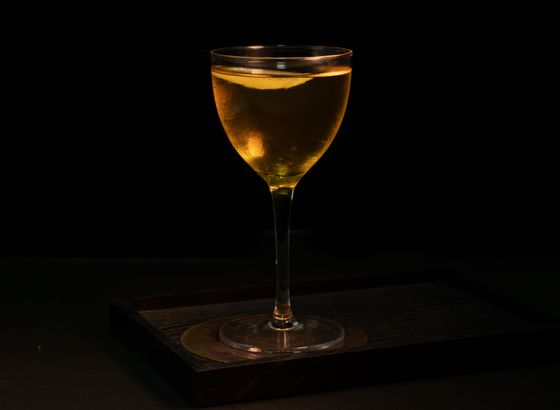
No. 220: Poet's Dream
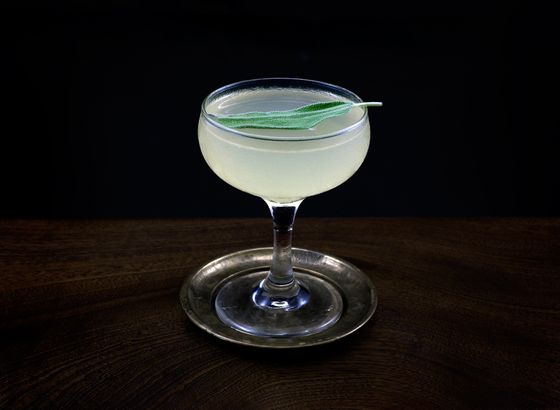
No. 44: Nicholas Sage
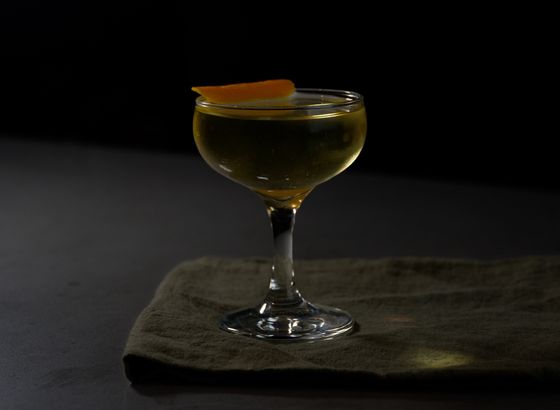
No. 158: Chrysanthemum
benedictine
The world's second-most-famous herbal liqueur is a little cheaper and a little more versatile than Chartreuse.
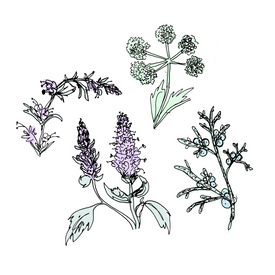
If the story of Chartreuse is one of steadfast piety in the age of globalization and commercialization, then its herbal cousin Benedictine is a story of wealth and excellent marketing. Although the original recipe for Benedictine is accredited to the monk Dom Bernado Vincelli in 1510, the true father of the spirit was Alexander Le Grande, a collector and member of a wealthy family of wine traders. In the late 19th century, Le Grande purportedly discovered the recipe for Benedictine in the library of Abbey of Fécamp in Normandy, which his family had inherited when the French Revolution destroyed the abbey and forced the monks to evacuate and disband. What, of all of this, is actually true is difficult to discern, as Le Grande was an excellent marketer and was probably more interested in competing with the wildly popular Chartreuse brand than protecting the tradition of an ancient monk order.
Le Grande named the spirit after the famous order of Monks, and even stamped the bottle with D.O.M., which stands for “Deo Optimo Maximo”. This phrase predates christianity and means "To God, most good, most great". Proof of the families power and wealth are not hard to find: to house his new spirit and continue the perception that Benedictine was made by monks, he built a lavish distillery in the architectural style of an abbey. When the distillery was burned down by local villagers, Le Grande rebuilt it in even more lavish fashion. Le Grande also launched a full-scale advertising campaign aimed at emerging wealth in Europe. The posters designed for these campaigns are excellent examples of the fashionable Art Nouveau style of the time.
While the origin story of Benedictine might be suspicious, the drink itself is not. Benedictine is not quite as delightful as Chartreuse—the nose isn't as heavenly and the finish is a bit simple—but with a lower price tag and a soft brown-to-clear hue, Benedictine is a practical and workaday option in drinks where presentation matters. While it might not match the heavenly magic of Chartreuse, its complex combination of exotic herbs and spices does well enough, and can even be used as a substitute for Chartreuse in a pinch. Benedictine really shines in cocktails that need an herbal liqueur like green chartreuse, but with a more workable color. Classics like the Ford, Monte Carlo, and chrysanthemum all sport the beautiful amber hue that benedictine creates when combined with an aged base spirit. As folks who adore presentation and like saving a few pennies here and there, we have also found use for Benedictine in a couple of our originals: the Sleepy Resurrection and Nicholas Sage.


No. 220: Poet's Dream

No. 158: Chrysanthemum
